The big news in the world of AI is that Sora, the much-hyped generative AI platform, is now accessible to the public. Promising to revolutionize video production, Sora has been marketed as a tool that can democratize creativity. But beneath the glitter of its launch lies a bleak reality—one that threatens to dismantle content creation as we know it and replace artistry with algorithmic mediocrity.

The Cost of “Creativity”
Let’s talk dollars first. To generate a video using Sora, the cost is surprisingly steep. However, when you look deeper, the real threat lies in how an AI production “kit” slashes the costs of production to levels that undercut the traditional filmmaking industry. At just $350 per month for the whole stack—$100 for Runway, $20 for ElevenLabs, $30 for Midjourney, and Sora itself—an aspiring “filmmaker” can essentially create content without the need for a professional team. Compare that to the tens or even hundreds of thousands of dollars required for traditional productions involving real writers, directors, and crews. This affordability makes Sora not just a novelty but a genuine disruptor—a disruptor that threatens to erode the demand for skilled human creators in favor of cheap, algorithmically generated alternatives.

What Does Sora Consume?
One minute of Sora-generated video requires immense computational resources. Behind every smooth frame and pixel-perfect render is a server farm working overtime, guzzling electricity and relying on energy-intensive cooling systems. To keep those servers from overheating, the cooling mechanisms alone could power several small towns. So much for sustainability. These physics limitations are not just an environmental concern but also a performance bottleneck. The intense processing requirements mean delays, glitches, and frustrating inconsistencies in the final output. For all its computational prowess, Sora still struggles to create anything beyond visually flashy but hollow productions—the digital equivalent of junk food.

An AI Film Production Studio for $350/Month
As explained, if you want to jump headfirst into AI-driven production, here’s your “studio”: Sora as the centerpiece, Runway for video editing, ElevenLabs for synthetic voiceovers, and MidJourney for generating imagery. This “stack” costs about $350 a month, but what does it really deliver? A hollow, soulless product that may look good in previews but falls apart under scrutiny. For aspiring filmmakers, the proposition might sound tempting, but is this really the future of cinema? Or just an overpriced toolset for making digital wallpaper? With Sora, anyone can now become a “creator” without ever picking up a camera, writing a script, or hiring a cast. While that sounds empowering, it’s a death knell for genuine content creators. Why pay for skilled labor when an algorithm can churn out endless visuals and voiceovers for a fraction of the cost? Except, of course, these “creations” lack the depth, nuance, and authenticity that make art meaningful. This isn’t just automation; it’s annihilation. By reducing creation to a checklist of AI tools, platforms like Sora are effectively making content creators—editors, videographers, voice artists, and designers—obsolete.

Why Sora Is Only Good for Screensavers
Despite all the hype, Sora’s limitations are glaring. Its first high-profile project, a music video, was described as “ugly and bizarre”—hardly a ringing endorsement. The platform struggles with complex narratives, dynamic scenes, and anything requiring subtlety or emotional resonance. The outputs are more suited for corporate screensavers than storytelling. Moreover, the physics of rendering high-quality video means that even with its vast resources, Sora is painfully slow. For creators on tight deadlines, this bottleneck is a dealbreaker. And while Sora’s proponents tout its creative potential, its actual utility remains limited to generating abstract, aesthetically pleasing visuals with little substance—perfect for looping in the background at a conference but utterly unsuitable for cinema (more on its limitations). Therefore, there are vast issues with physics, as described in the video below:
The ‘AI [Negative] Revolution’
Sora may be accessible, but it’s hardly revolutionary. It’s expensive, resource-intensive, and ultimately hollow. By pretending to democratize creativity, Sora is undermining the very people who make creativity meaningful. At best, it’s a novelty; at worst, it’s a harbinger of a future where art is replaced by algorithms, and the only winners are the corporations profiting from this dystopian shift. So, if you’re looking to create the next cinematic masterpiece, you might want to skip Sora. But if you need a high-tech way to make a screensaver, it’s got you covered.

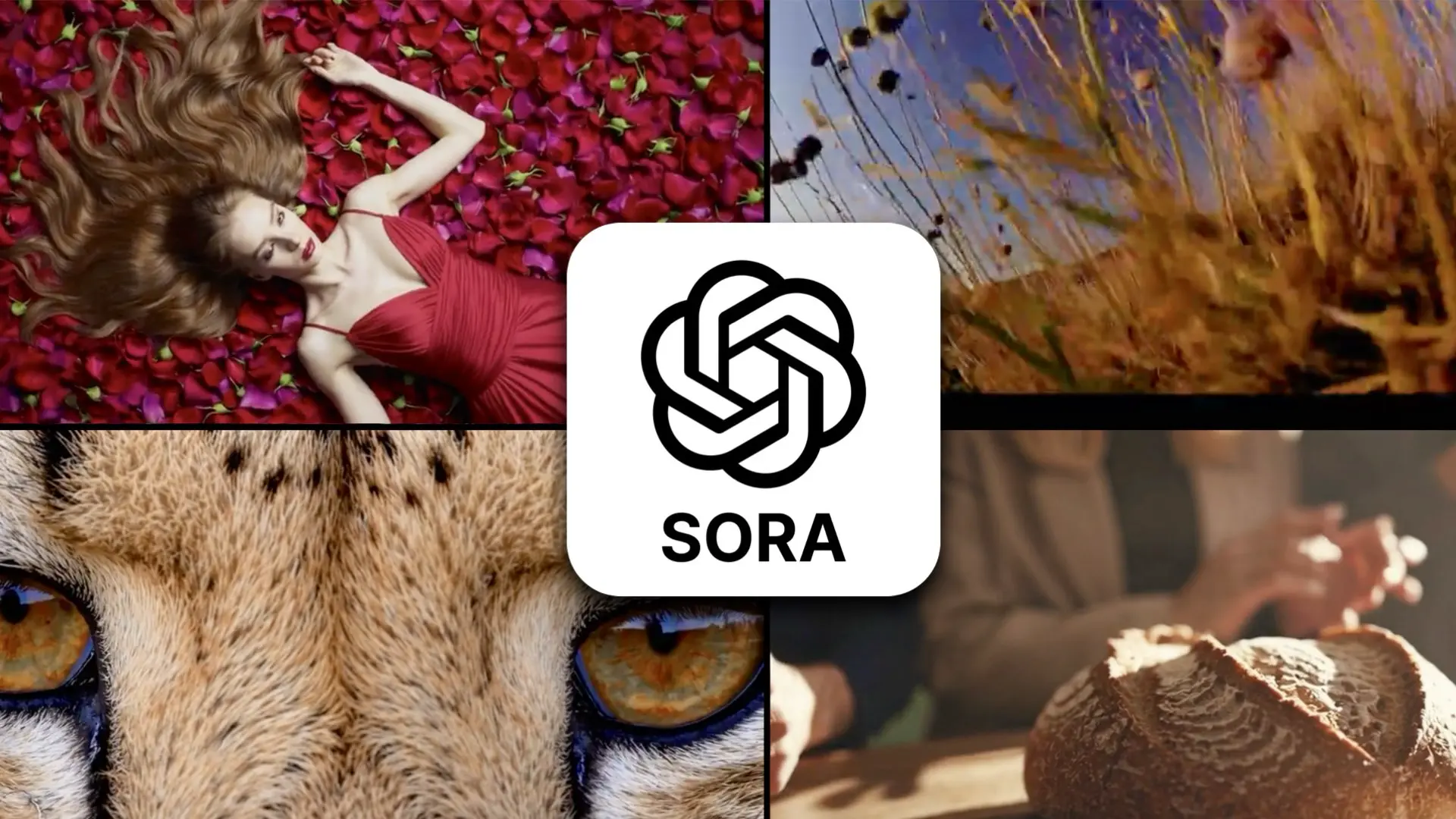
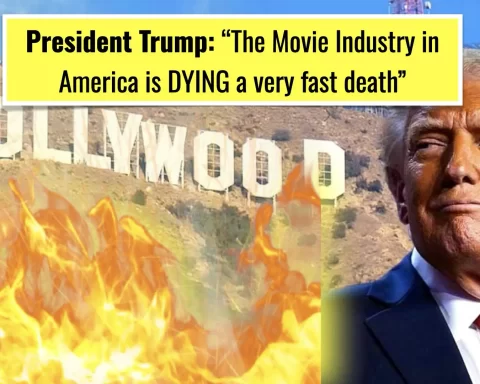
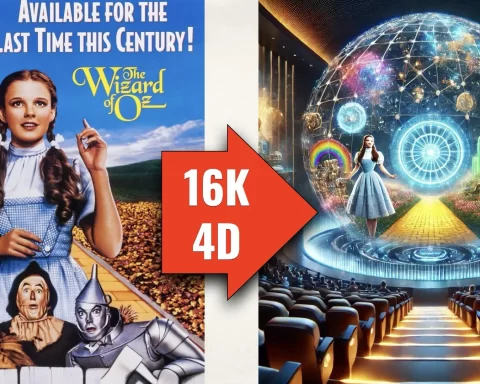


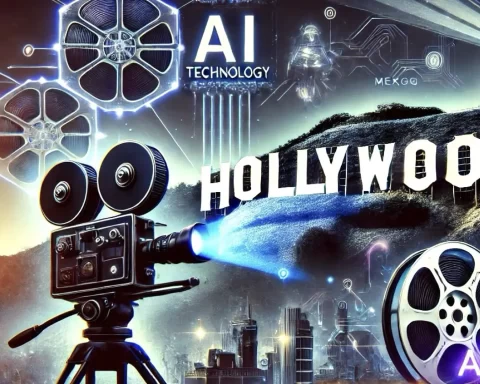
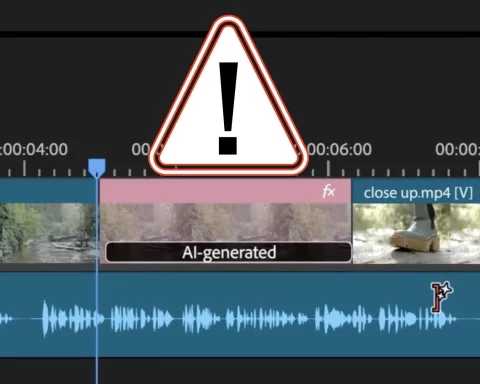

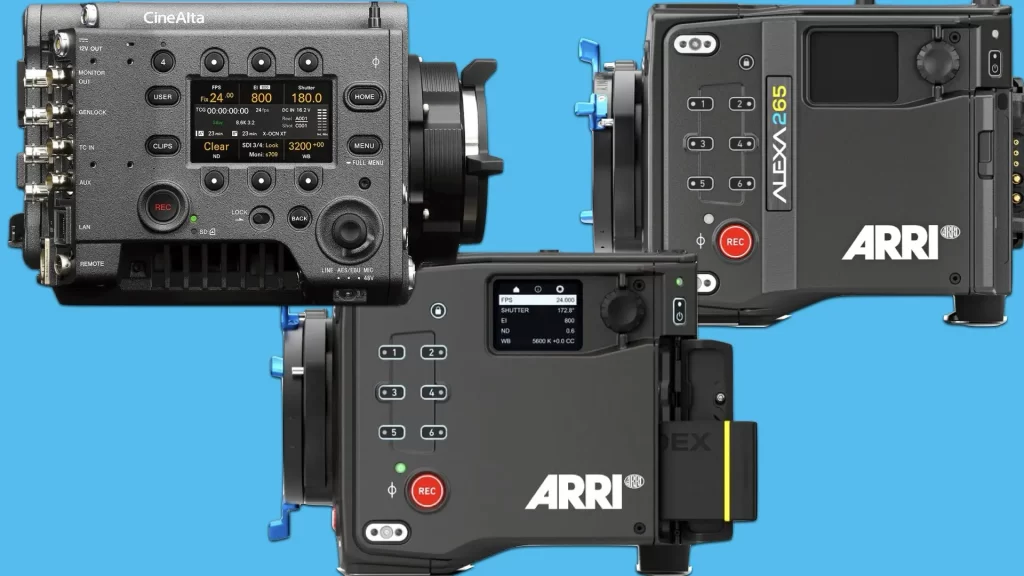

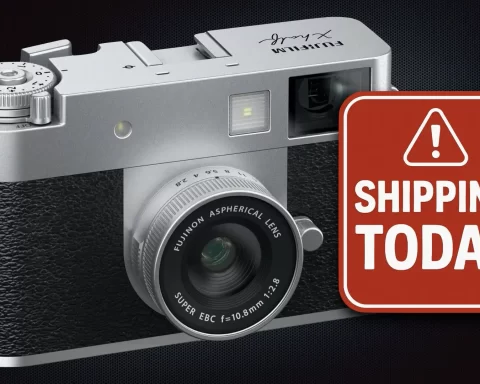

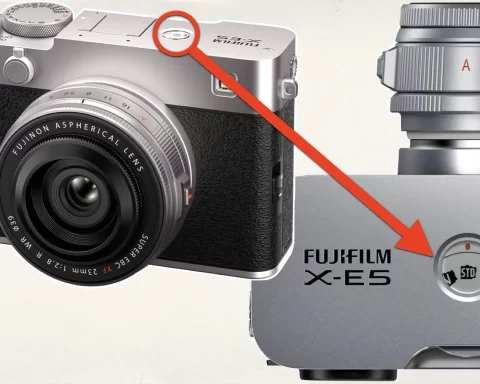
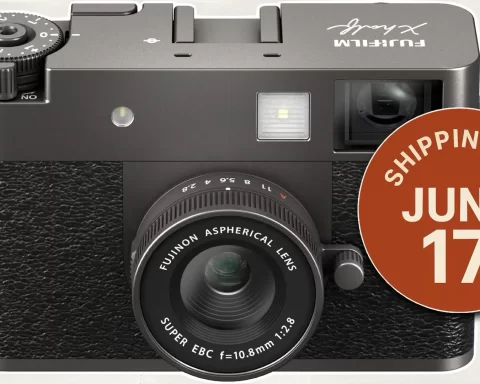


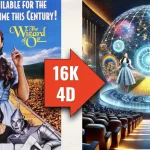
“digital junk food” perfect description